

The harvest is the result of months of care and dedication to a crop, to know its performance if it is good or bad based on calculations of weight x space occupied by the crop. In the same way the onion in branch, is a very easy crop so it does not require much attention in the same way as cilantro.
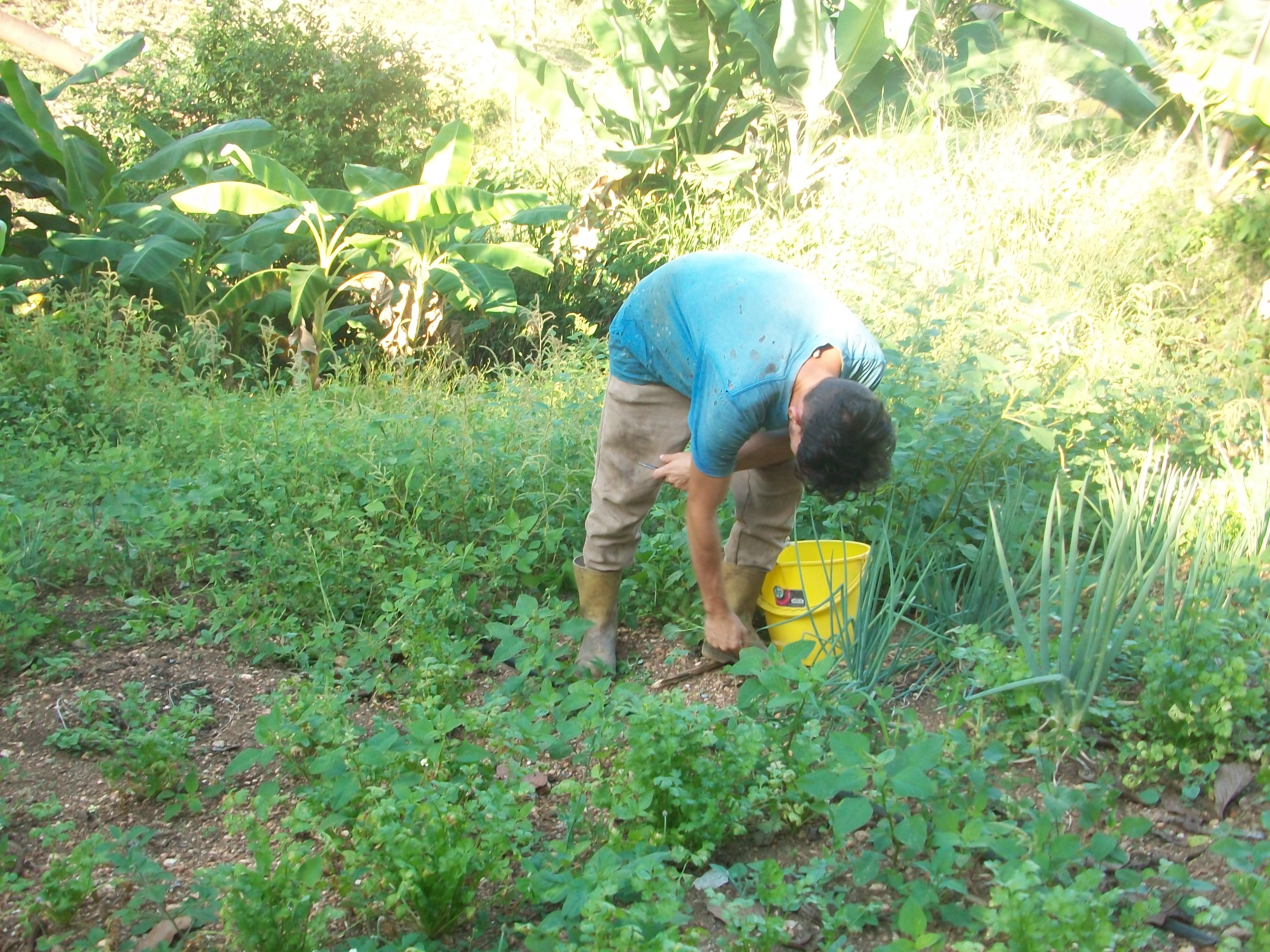
Beginning the work of harvesting

Continuing with my daily tasks, I dedicated some time to this crop that was growing and I had it a little abandoned by the other tasks that I am carrying out with the construction of the corrals, in the same way the onion in branch was extracted with double purpose unlike cilantro. The purpose would be first to conserve the space where it is planted and the work done for its planting and secondly to harvest the onion on branch to feed me and get extra money with the surplus.
Look how I'm building the corral (click here)
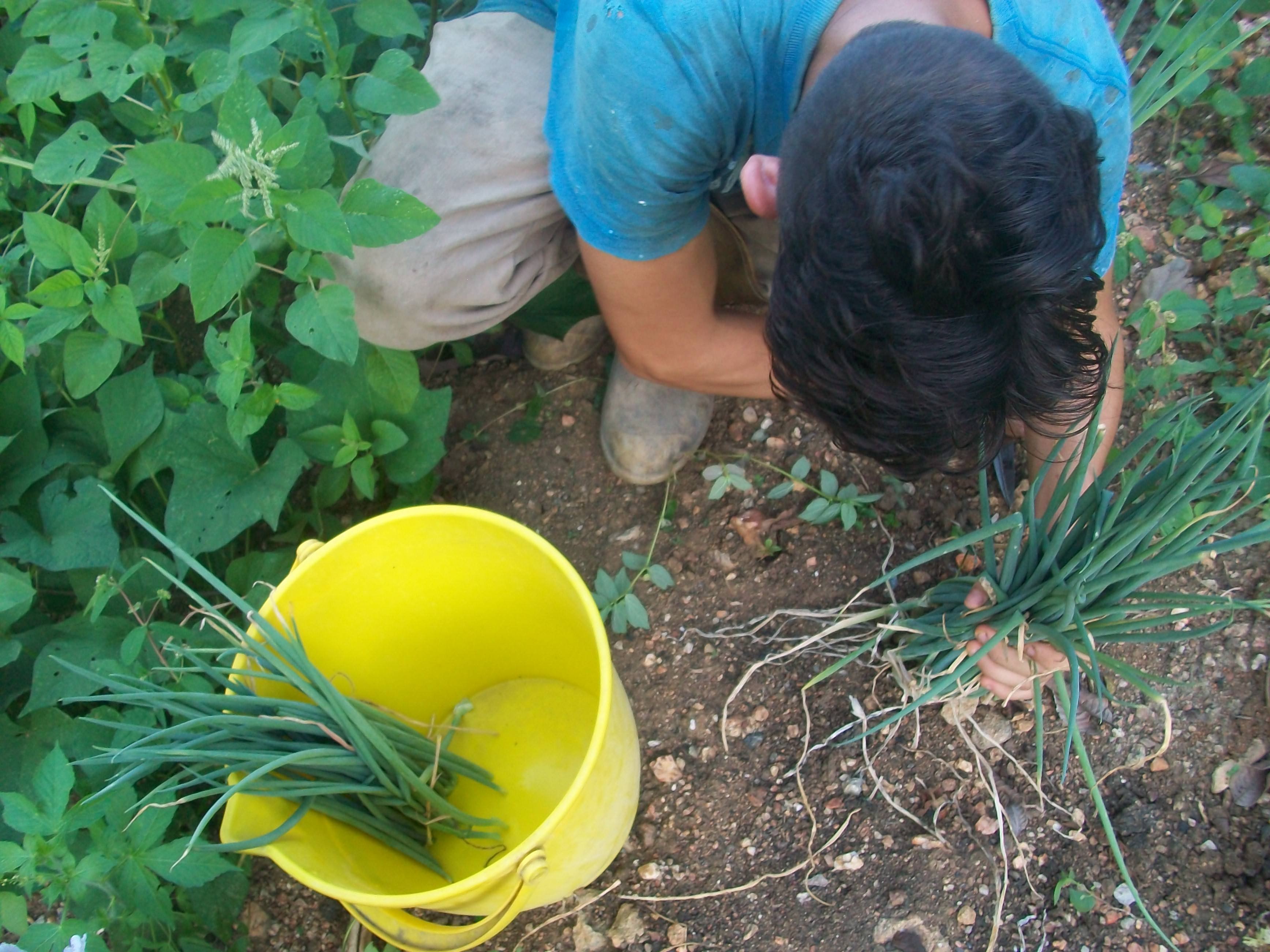
Selecting onion on branch


Cutting onion on branch

Cutting the onion into a branch in this way I can obtain the vegetable and at the same time the crop grows again (it will not grow as vigorous as the first time) and so the only thing that I dedicate to the cultivation of onion in branch is time for its maintenance, which is only to clear it of weeds that grow around it.
Proving that by producing on a smaller scale you can have a minimum saving and you can get extra money.
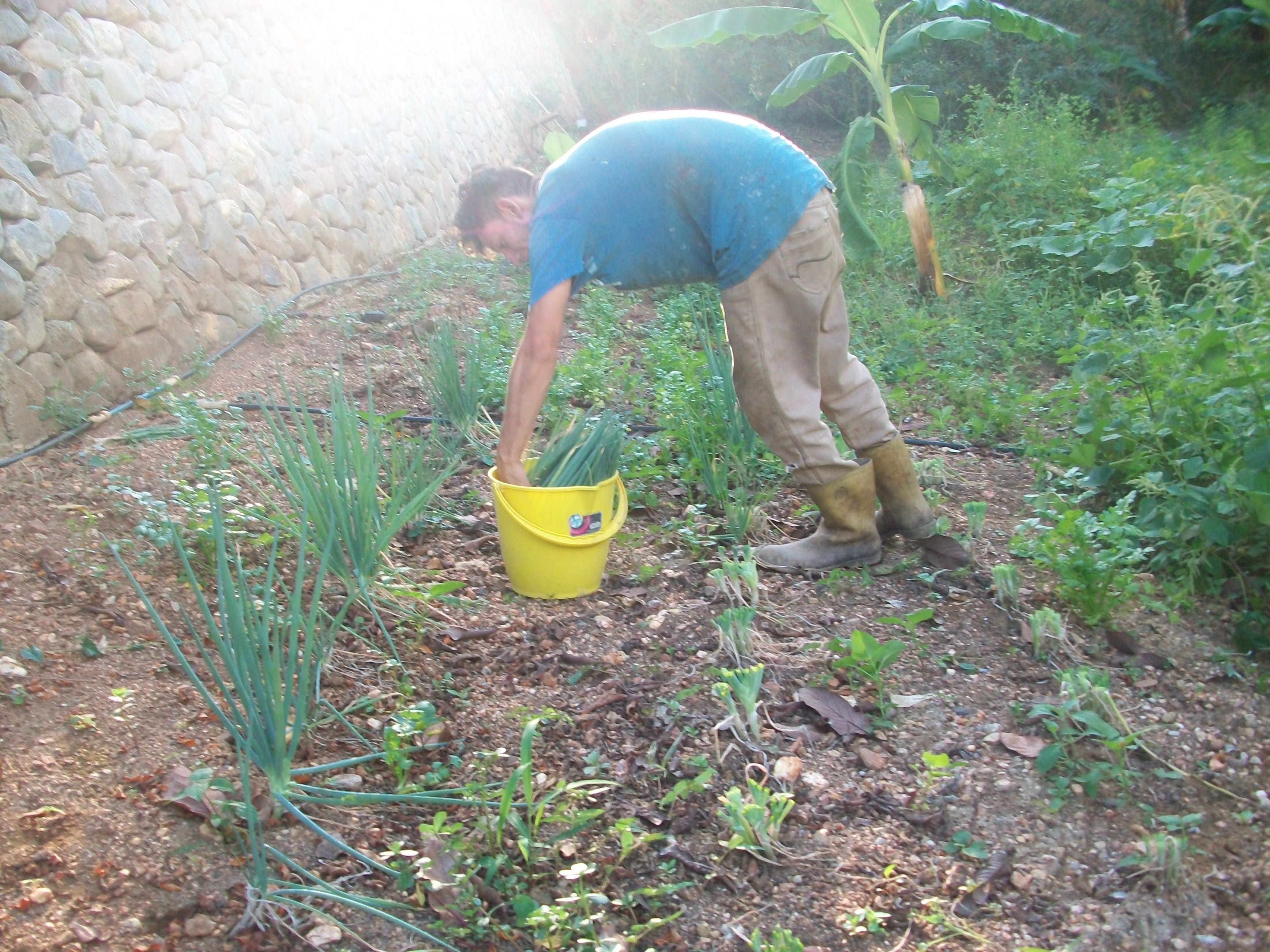
Placing the harvest in the container

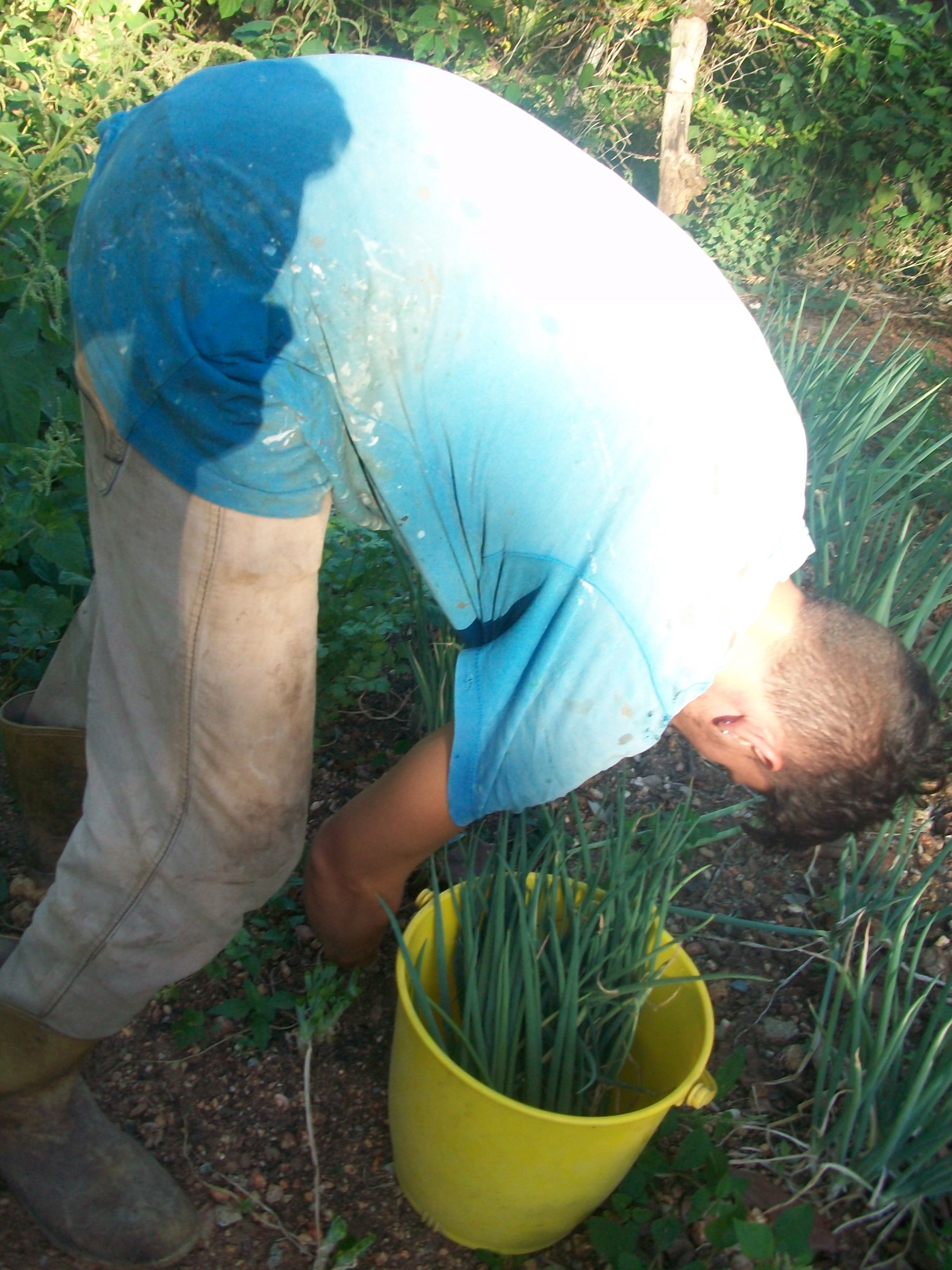
Removing the undergrowth of the onion branch in full extraction

How is it possible to have extra money with the surplus?
It turns out that the surplus is synonymous with quantity, that is, what is left over that you will not use.
Example: If your onion consumption is 2 kg per month and you harvest 5 kg, there is a surplus of 3 kg that you can market with your neighbors or any other way. Because those 3 kg believe it or not have a value in the market, of course if you are producing is to help so you should not sell at an excessive price and not abuse a crop that you only spent 1 hour when daily until the end its cycle.
Note: this is not going to make you a millionaire, but it could be a solution for a family economy.

Extracting coriander very carefully

In the case of cilantro I harvest it differently, since the only way I have achieved effective cultivation of this is by seed. It is a bit slow to extract the seed, but the amount of seeds that a coriander plant gives you is too much; This plant sowed in quantity and only left 10 or 8 plants for subsequent seed extraction.
The extraction of the plant is very delicate, so it is recommended before starting to harvest an irrigation to soften the soil and not break the coriander plant in its harvest.
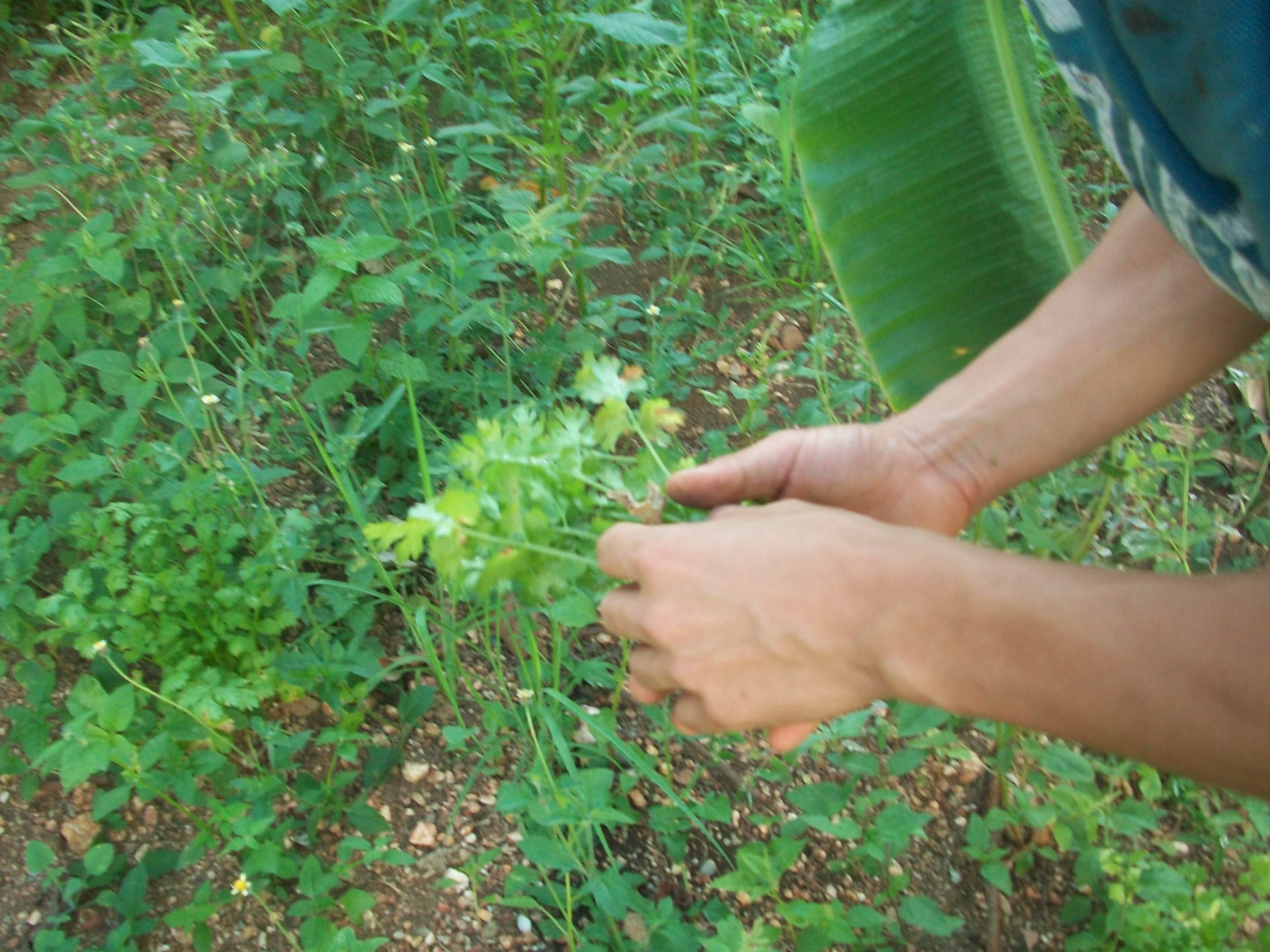
Checking the coriander plant after it is extracted

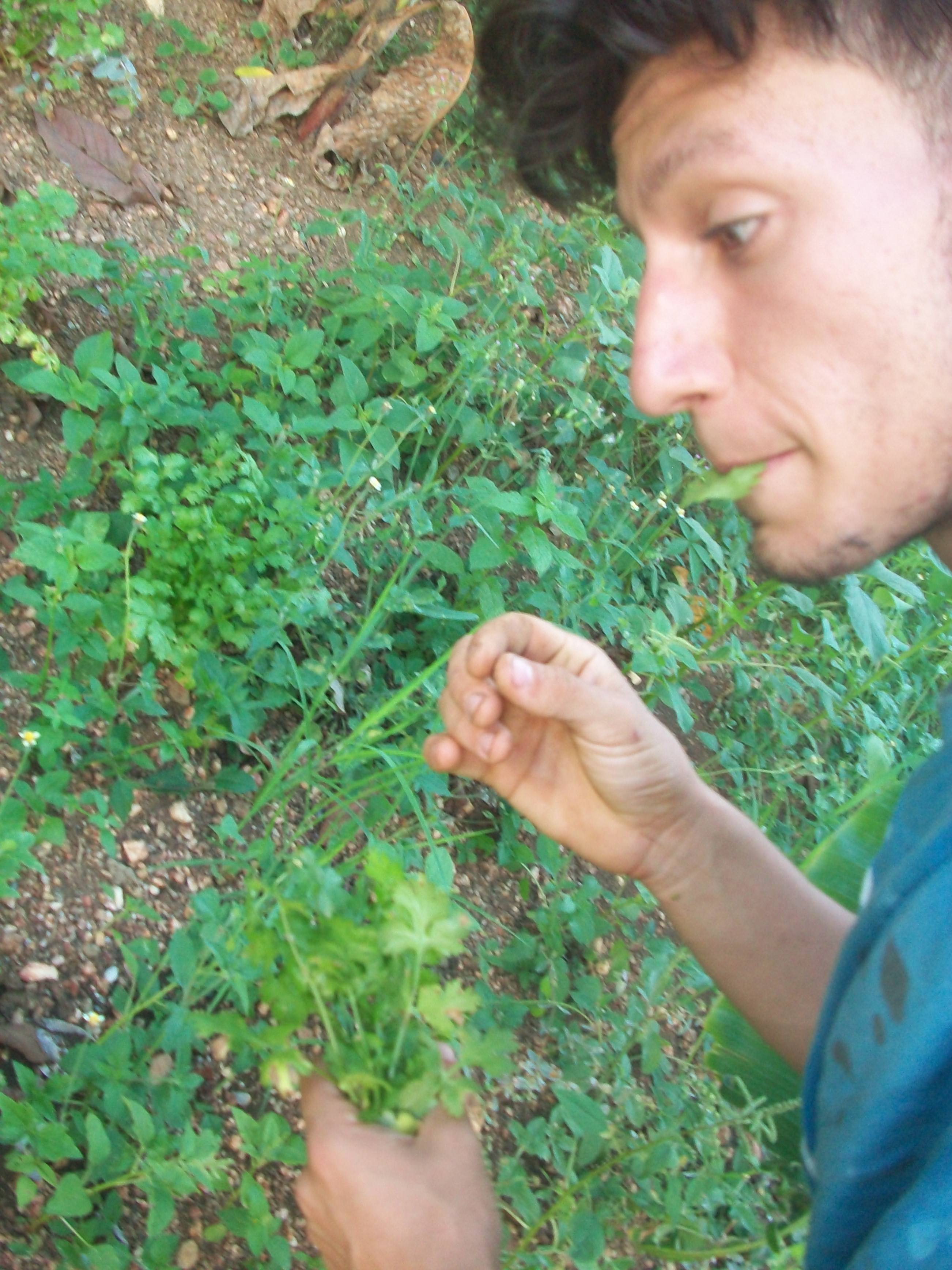
Eating a coriander leaf, I love it!


Harvesting coriander


Result of the harvest of the day

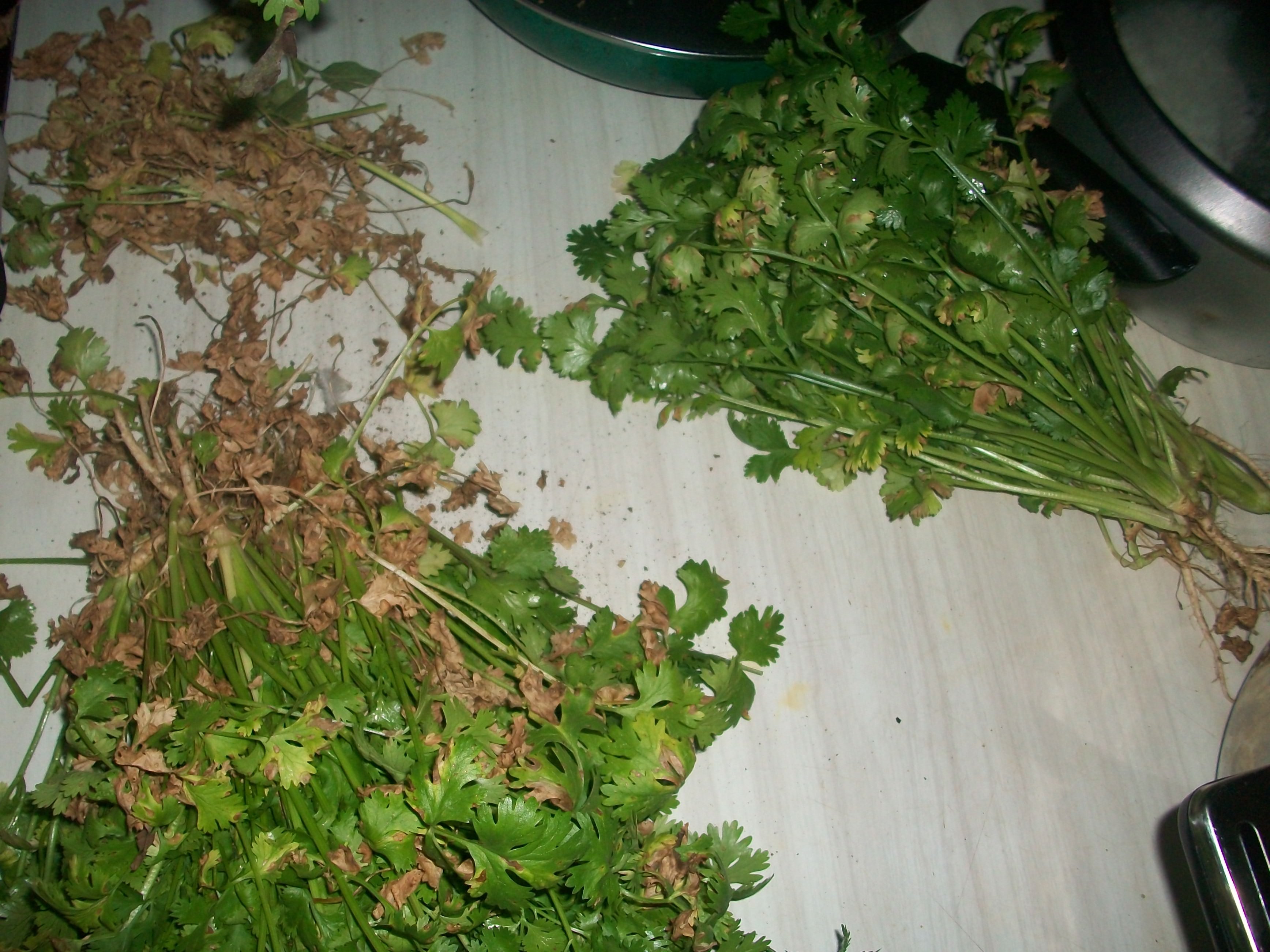
Cilantro in the process of cleaning

Once the harvest work is finished, we will clean the onion and cilantro, since they bring dirt and dry residues that the plant leaves in the development process. After cleaning all the vegetables we proceed to divide according to the calculations of household consumption, then what is left over we will use to obtain extra money, so we have to give a good presentation to the product we are going to sell; In my case what I did was put onion on a branch with a little coriander and put them together.
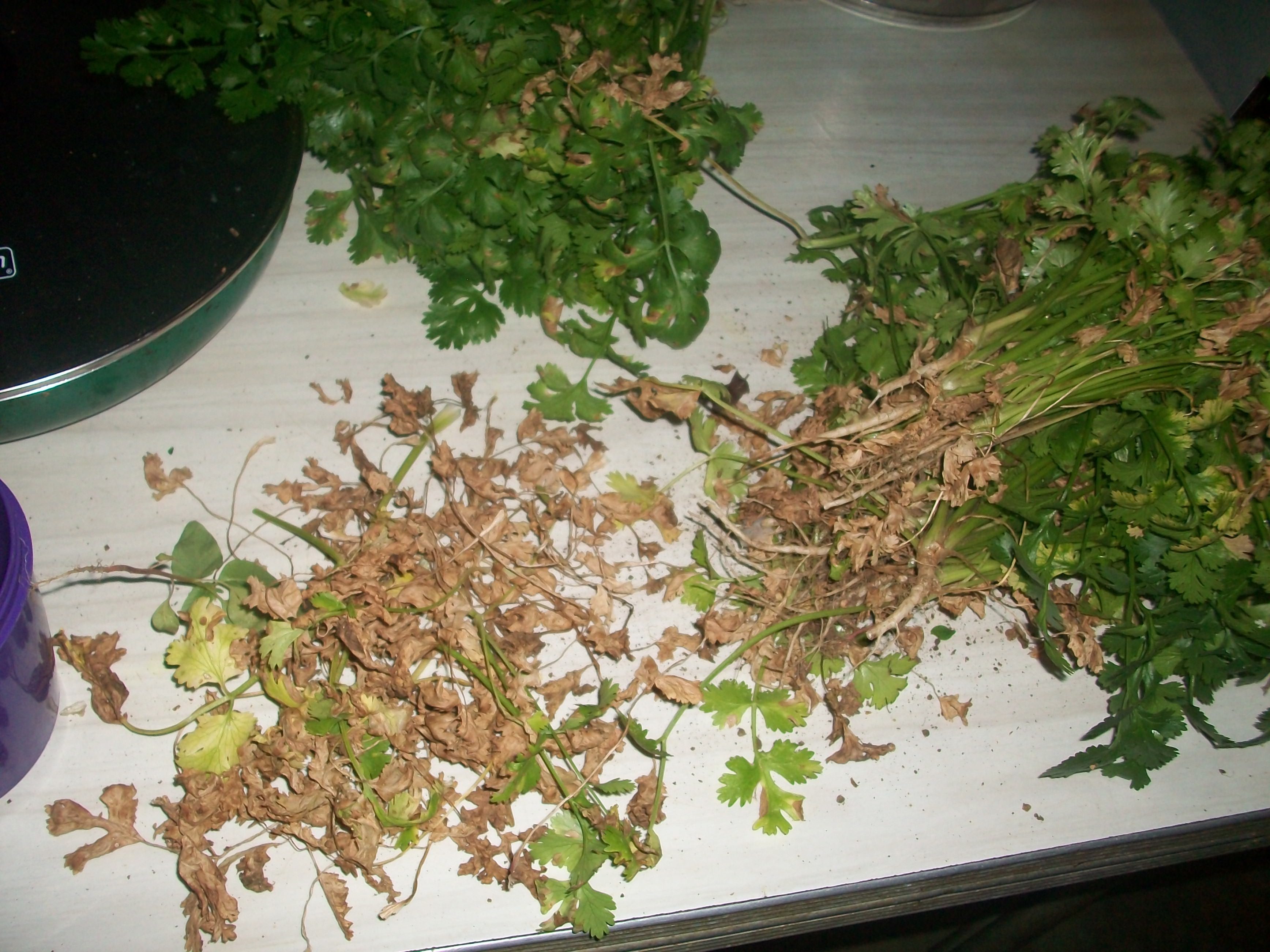
Cleaning the cilantro from dry waste

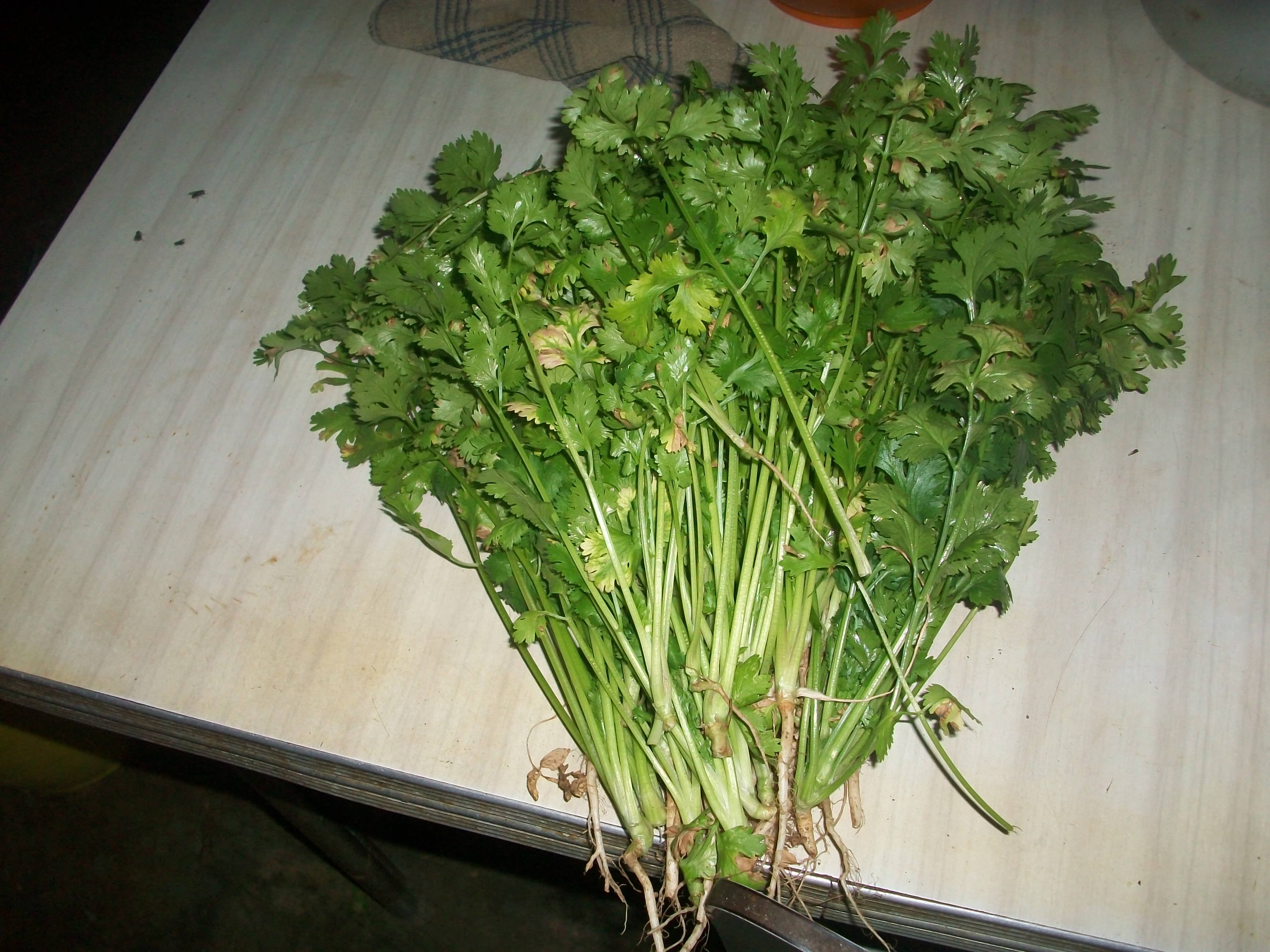
Surplus of clean coriander

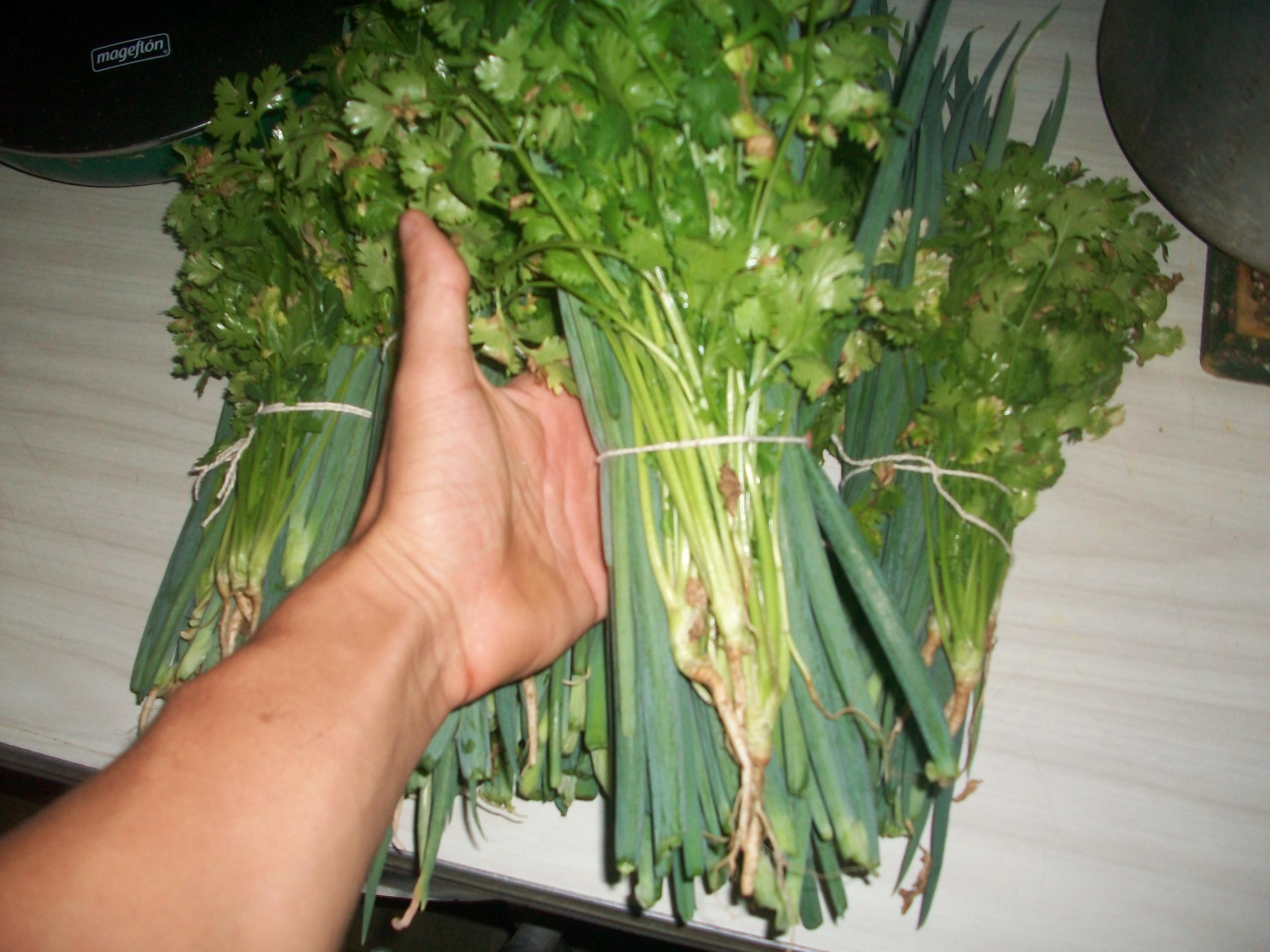
Surplus coriander and onion on branch for sale

You want to know about agriculture COME I TE TEACH YOU !!!
If you want my opinion and advice, you should only mention in the article and I will give the rest ... 










